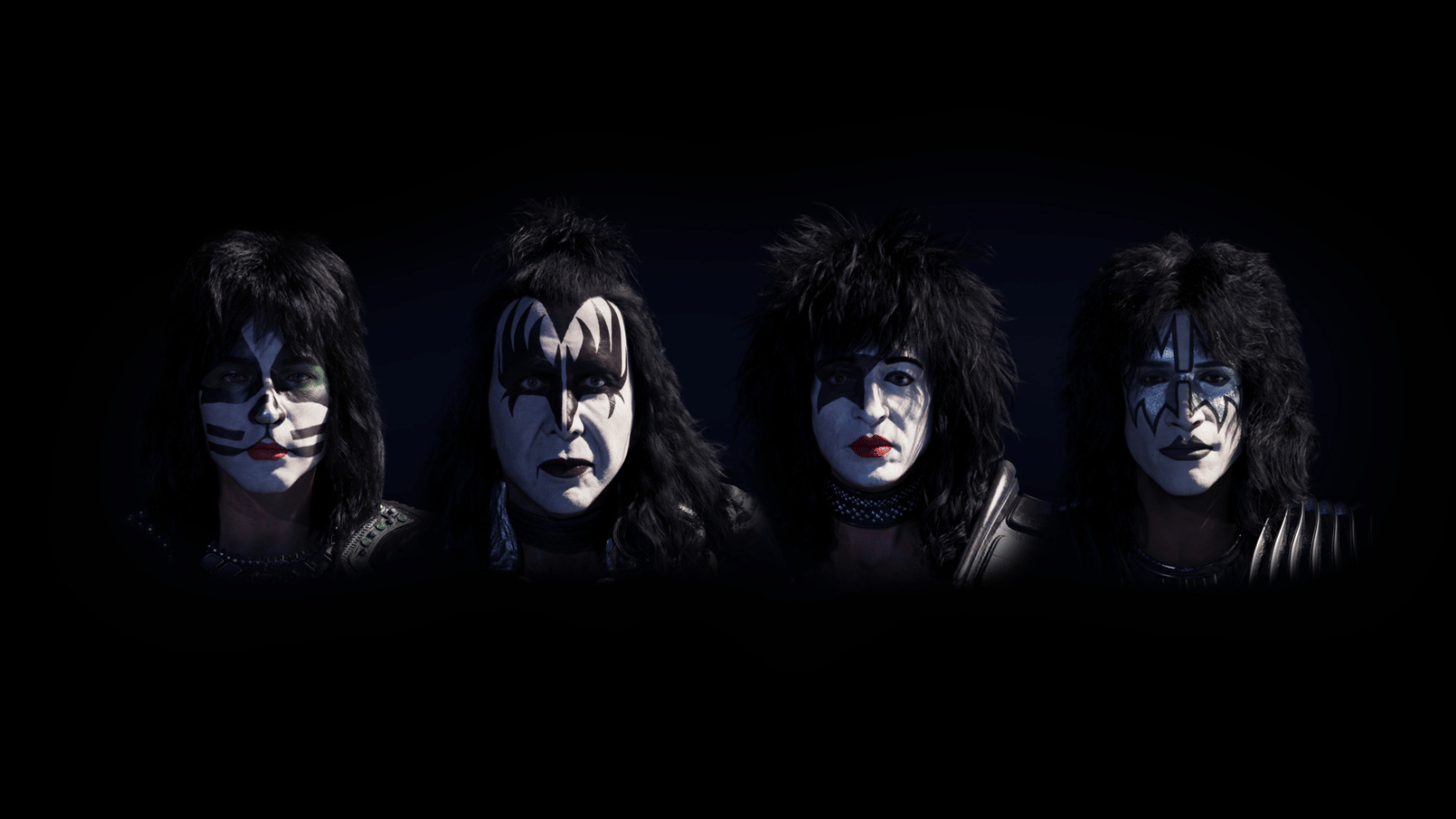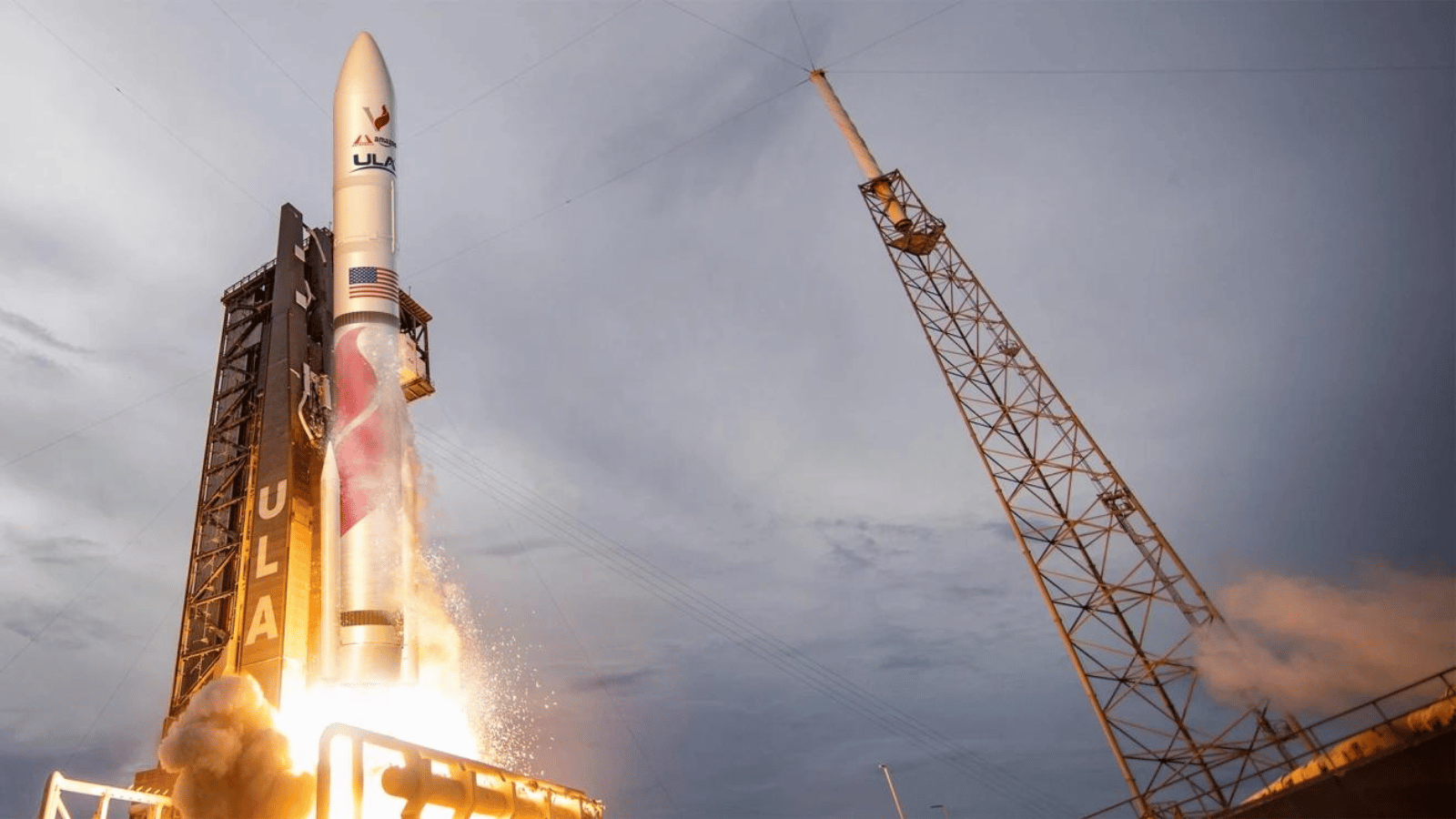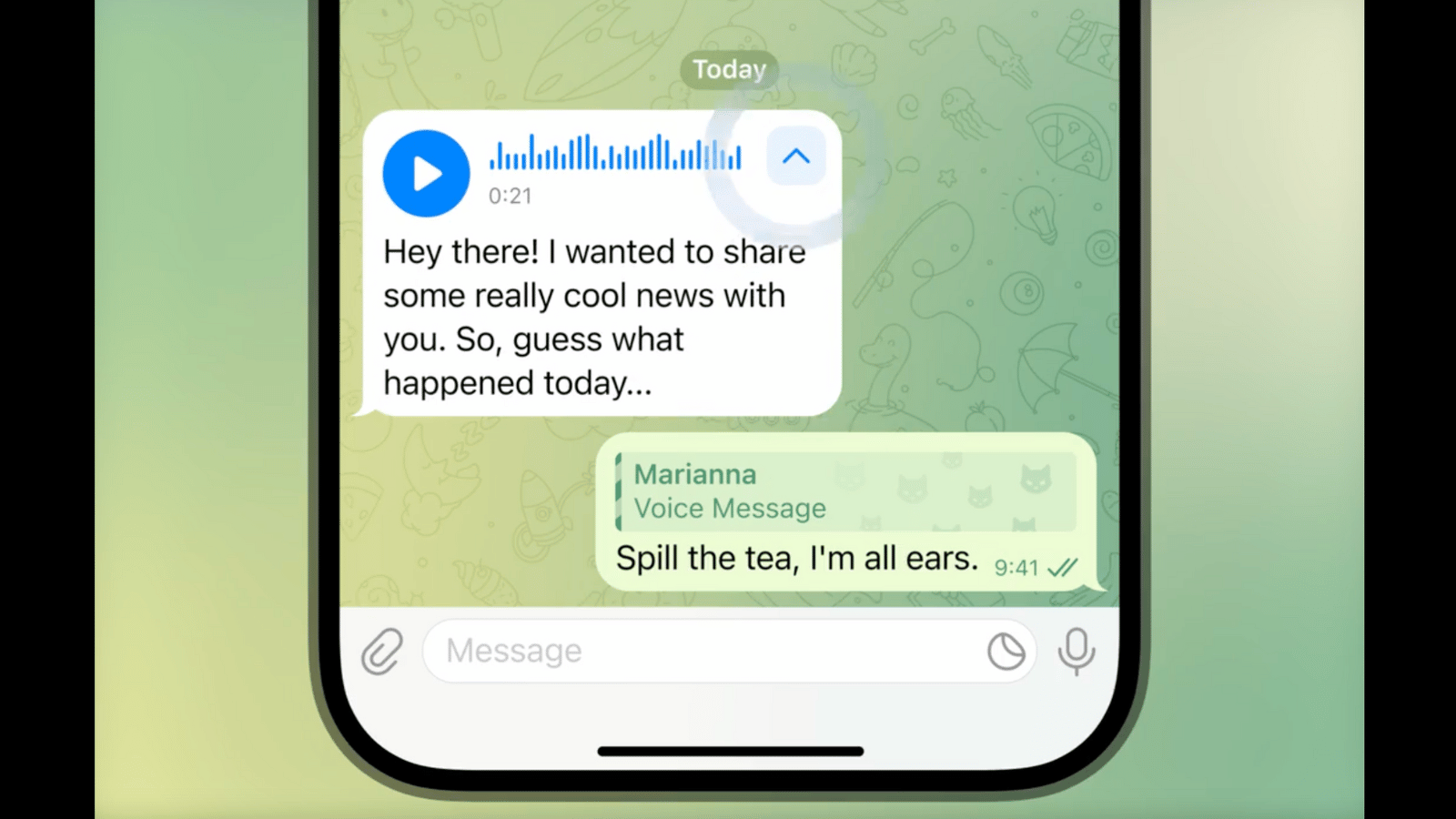Kiss just won’t go away

If you, like us (and hopefully many others), spent too long believing that Kiss was some elaborate joke concocted by the hilariously unfunny film, Role Models, we’ve got some news. Kiss is real, and its four lead members are saying farewell – this time for good, kind of. Kiss – the make-up-clad men that proved Rock and Roll wasn’t only for the cool kids – are leaving behind four digital avatars as part of the band’s “new era.”
You’d be forgiven for thinking we were pulling a bit from Idiocracy or something similar, but this is real. Kiss unveiled their digital counterparts at their final farewell tour showing at Madison Square Garden in New York City, after the smoke and dust from Rock and Roll All Nite had settled, under the banner “A new era begins.” The four avatars even “played” a song, which you can see here if you can handle the uncanny valley of it all.
If it wasn’t already obvious, Kiss like money. Who doesn’t? But rather than pretending to be “The Demon” or “The Starchild” for another day, the band will live on through its four digital avatars, with the company behind the show, Pophouse Entertainment, keeping the band alive through “immersive, avatar-powered” concerts using Kiss’ Industrial Light & Magic avatars. Whether the words “immersive” and “avatar-powered” belong in the same sentence is up for debate but we doubt it would stop the company from doing it anyway.
This could be the new norm for bands that are still selling long after the performers who made the band so special have moved on. The Verge reports that Pophouse Entertainment first toyed with the digital avatar idea last year with ABBA, and hasn’t looked back since it started pulling in nearly $2 million per week.
Netflix’s HDR has never looked better (apparently)
Honestly, Netflix was already in our good books – at least for a couple of weeks (we’re still mad about the cancelling of 1899) – thanks to the news that it’ll be adding some of the more iconic GTA titles in the coming weeks. It’s just extended its stay there with the news that the streamer added dynamic optimization to its HDR (high dynamic range) titles sometime in the last year.
If none of that permeated your skull, it means that the customers footing the R200/m price for Premium and have an HDR-capable 4K TV in their arsenal might have noticed a distinct bump in quality. Why Netflix felt the need to quietly drop the news over on its Technology Blog, we’re not so sure. But it’s done, and that’s all that matters.
It’s worth noting that HDR isn’t wholly new to Netflix. The streamer’s been touting that feature for some years now. The big news here is the fact that it’s moving on from the fixed ladder HDR encodes that had predetermined bitrates, to Dynamically Optimized (DO) HDR bitrates that weren’t as prevalent in its library. There’s a tonne of graphs in the blog that we’re sure will be interesting to some, but it’s the results we care most about.
These aren’t half bad either if Netflix hasn’t pulled a fast one here. It’s recording 40% fewer buffers, generally higher video quality, lower initial bitrate, higher initial quality, lower play delay and lower internet usage, “especially on mobiles and tablets.” That’s not nothing. Expect to see Netflix shoving these stats down your throat for some time as it looks to expand its Premium subscriber base.
Telegram’s latest update is awesome (and futile)
Telegram – that app that just can’t seem to get out of WhatsApp’s shadow – just added a pretty big update into the mix. It’s giving its iOS and Android users improved powers for channels, simultaneously giving any freeloaders the ability to transcribe any pesky voice notes that roll in. That all stands alongside a bunch of smaller, inconsequential features such as custom reactions for channels and profile colours.
The features we do care about are eventually going to be picked up by WhatsApp in the (hopefully) not-too-distant future and without the same pay-wall limitations as Telegram’s new features are packing, we’re betting. Anyone who wants to transcribe voice notes and video messages or translate audio into another language entirely will only be able to use the feature twice a week before being prompted to upgrade to Premium. Still, better than nothing we guess.
Channels are getting a buff, too. When joining a new channel, Telegram will automatically recommend similar ones that might be worth the effort of joining. Or if you’re in the driver’s seat of your channel’s story, you can finally see just how well it’s doing. That means stats on views, shares and reactions, with a couple of graphs to make everything all the more official.
Someone let us know when WhatsApp decides to make like Mr. Bean and throw these features in, pretty please?
Project Kuiper secures SpaceX’s rockets

The world might be convinced of its hatred of Elon Musk, but it’s difficult to deny that what his space company is doing isn’t extremely cool. Every so often, it’ll send something up into outer space and a few short months later have it back up and running for a second (or third, or fourth) go. Now, the company has been tasked with deploying Amazon’s Project Kuiper network of satellites over three Falcon 9 launches.
Project Kuiper, for the newbies, is Amazon’s multi-billion dollar project that aims to hook up a network of satellites that’ll provide broadband internet around the world. Just like SpaceX’s Starlink network of satellites that already provide broadband internet around the world. Well, mostly.
Amazon aims to eventually put 3,236 satellites up into orbit, falling short of Starlink’s nearly 5,000 satellites already up there. You’ve got to start somewhere, though. It’s not clear how many of those the three Falcon 9 launches will be responsible for, with Amazon having booked 83 launches with Bezos’ own space company, Blue Origin.
You can expect SpaceX to start getting the job done by mid-2025, though specific dates weren’t mentioned.





